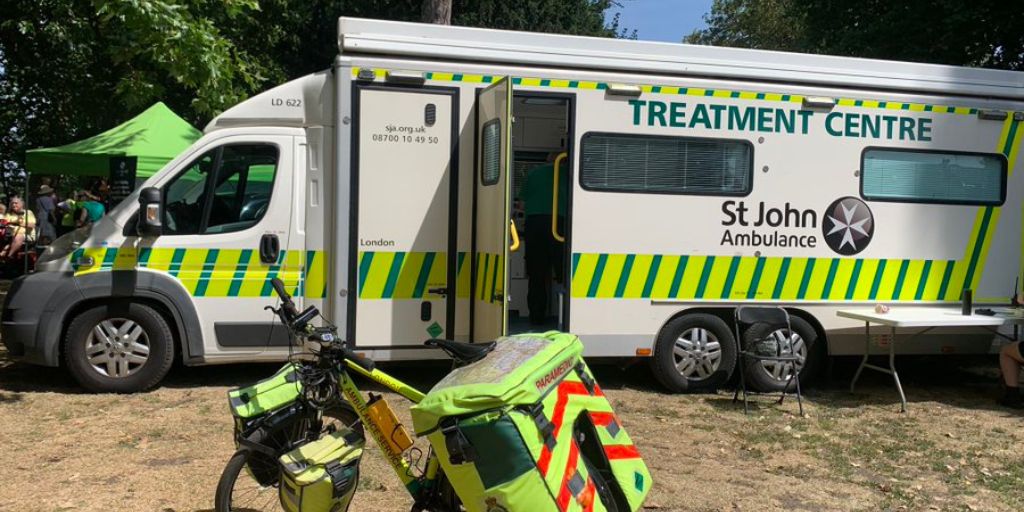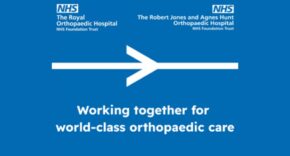
Paramedics are using new measures in order to combat high levels of city congestion by using The London Ambulance Service’s Cycle Response Unit.
Response times are sometimes quicker than traditional ambulances with this approach, as the bikes are able to navigate through narrow streets, pedestrian-only areas, and malls much faster than motorised vehicles.
One worker was able to cycle across the Heathrow terminal, delivering 70kg of medical equipment to the plane door to treat a sick patient.
Currently, the UK is experiencing a shortage of traditional ambulances, adding to the extreme pressure already placed on the NHS.
Paul Johnson, CEO of Radar Healthcare, which provides software and integrated systems designed to improve efficiency and reduce the amount of time spent on administrative tasks within healthcare settings, believes the UK could significantly benefit from investing in more bike ambulances on British roads:
“This method is designed to reach London-based patients as quickly as possible, administering life-saving treatment while a motorised ambulance travels to the scene. Getting to a patient quicker is proven to significantly reduce fatalities or more complications in a patient.
“Radar Healthcare is supportive about this initiative as it will aim to improve efficiencies within the healthcare sector, which is one of Radar Healthcare’s core values.
“Although the capacity for medical equipment is less than that of an ambulance, cycle responders can still carry extremely important equipment, including defibrillator oxygen, entonox, blood pressure and pulse monitors, mask resuscitators, adrenaline, aspirin, and drugs for such common conditions as asthma and diabetes etc.
“By dealing with patients at the scene and providing alternative care pathways, the hope is for a significant reduction in the demand on Accident and Emergency departments across the capital.
“Implementing these bikes across the country would also help to reduce carbon footprint. It can also help to reduce unnecessary ambulance journeys, as often many call-outs require no further attention once a response cycle has visited the scene and attended to the medical needs of a patient (or patients).
“There is also something to be said for the benefits to those workers attending emergencies on the bikes themselves. With more emergency staff using bikes as a mode of transport, the NHS is helping to create a healthier workforce, allowing workers to implement exercise into their working day.
“Whilst burnout has been an ongoing issue across the healthcare sector, bikes can help support both physical and mental wellbeing of NHS staff.
“In fact, a Lead District Nurse in Purbeck has said cycling gives staff the chance to clear their headspace in between visits, as well as feeling like they are setting a good example around staying fit, active and healthy.”











